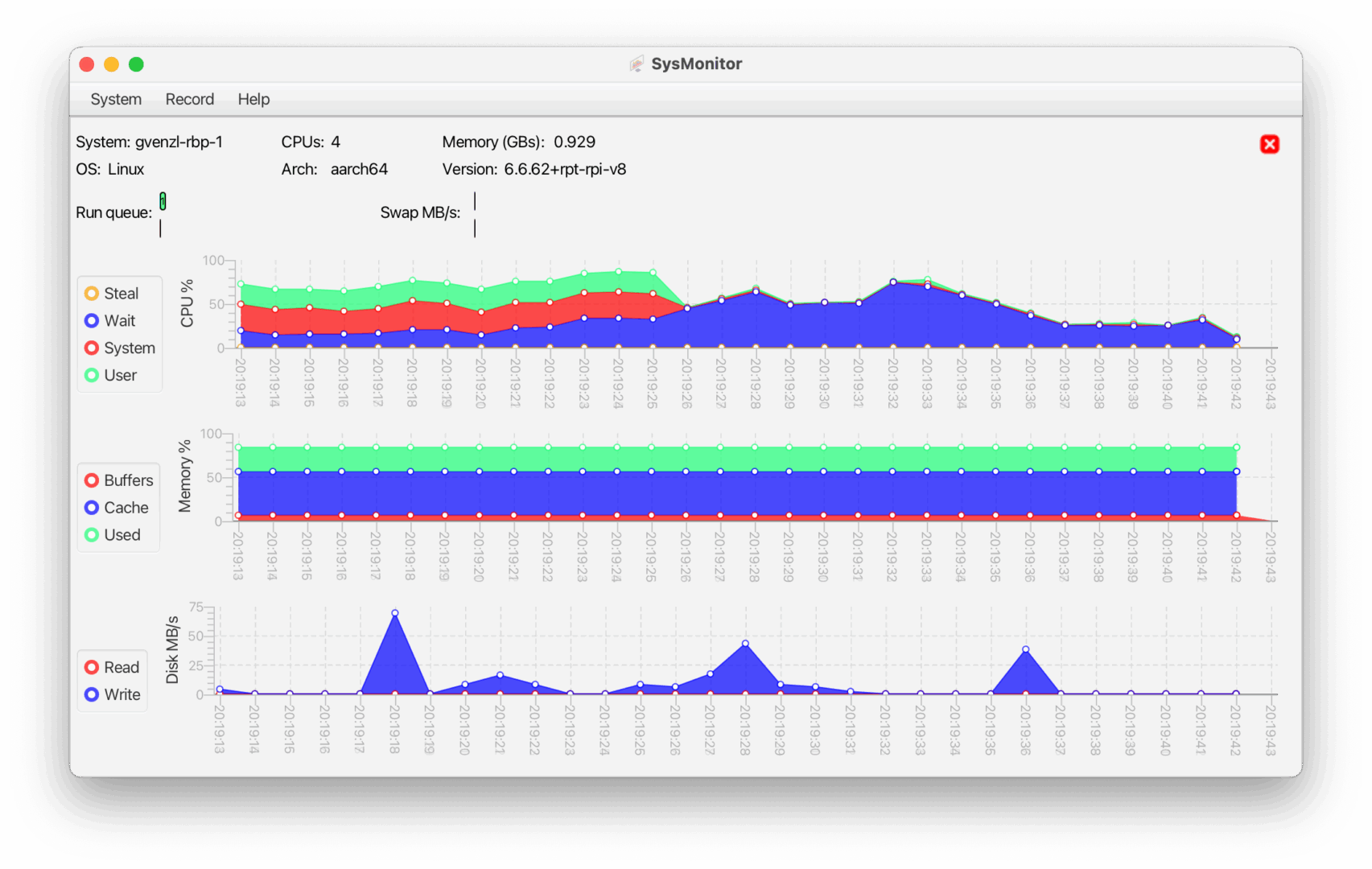Oracle Database 23.8 Free multi-platform images now available on gvenzl/oracle-free
Oracle Database 23.8 Free multi-platform images are now available on container registries docker.io/gvenzl/oracle-free and ghcr.io/gvenzl/oracle-free. With this release, 23.6 images have now gone into […]






